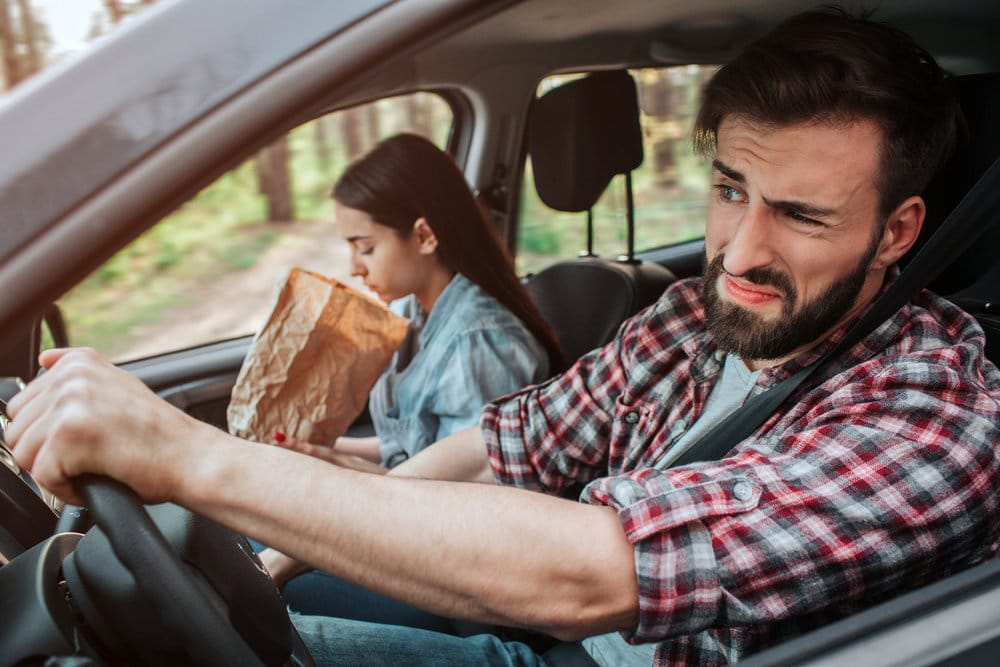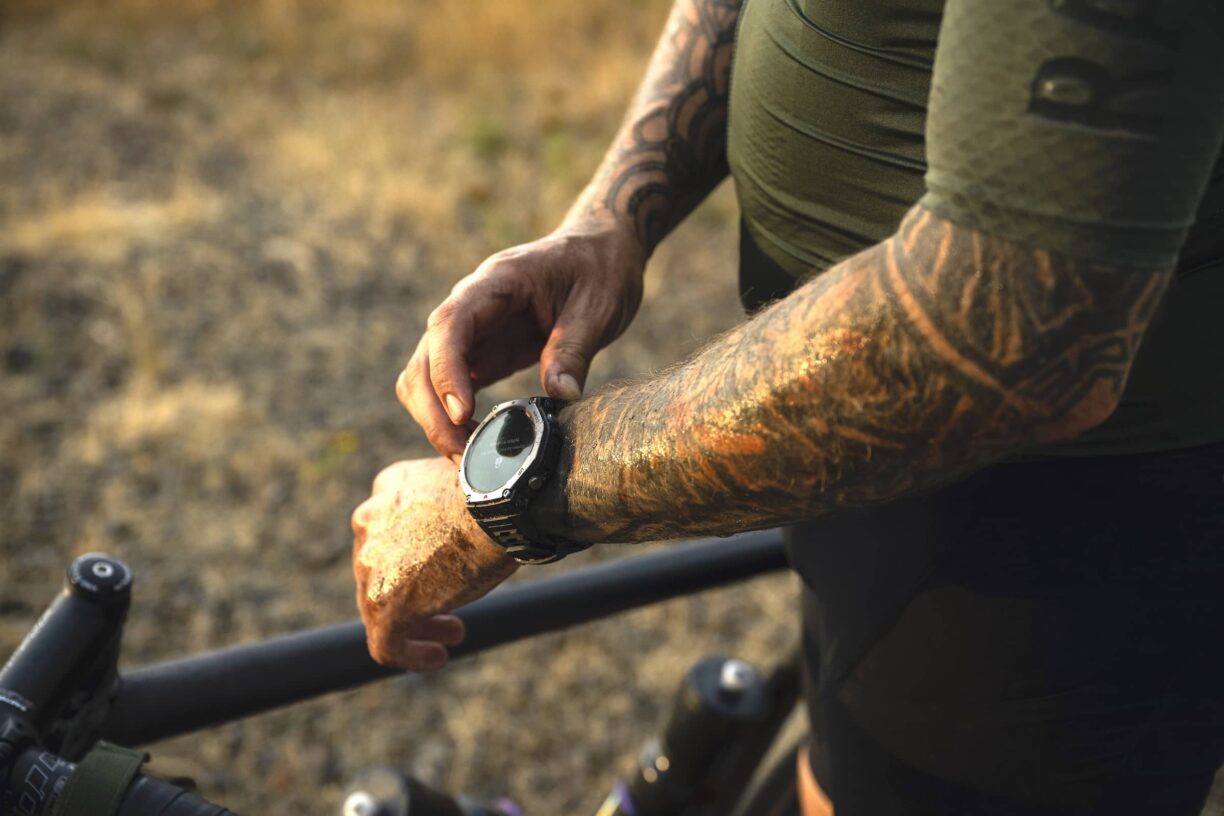Ah, travel sickness. Nothing says “family trip” quite like pulling over on the side of the road, desperately trying to help a queasy child or yourself feel better.
Whether it’s a holiday getaway or just a quick drive across town, motion sickness can hit anyone, anytime—not just in the summer.
So, how do you stop that wave of nausea before it ruins your journey? Dive into the causes, symptoms, and some practical, no-nonsense tips to make your car rides (or any trips, for that matter) a whole lot smoother.
What Exactly Is Travel Sickness?
You’re feeling fine, but then suddenly… you’re not. Travel sickness, or motion sickness, happens when your brain gets confused by mixed signals from your eyes and inner ears.
Basically, your eyes are saying, “We’re not moving,” while your inner ear is shouting, “Yes, we are!” And that’s when the nausea, dizziness, and general “I’m about to be sick” feeling kicks in.
Dr. Sarah Brewer, an expert on this stuff, puts it like this: “Your eyes tell your brain that the environment is stationary, but your balance organs say that it isn’t – this triggers travel sickness.”
Children under 10 tend to suffer more because their nervous systems aren’t fully developed yet. So, if you’re a parent dealing with this on family road trips, you’re not alone.
The Triggers of Travel Sickness
What brings on this delightful sensation? Turns out, quite a few things can set it off, and some might surprise you. According to research by Euro Car Parts, the top offenders include:
- Reading in the car – 39%
- Sitting backwards – 38%
- Being in the back seat – 31%
- Traveling while tired – 17%
- Drinking alcohol before travelling – 16%
Also, small cars are often the biggest culprits, with 44% of people saying they feel sick in them.
Not only that, but a third of people have experienced motion sickness on a small boat. So, whether you’re driving, sailing, or even just reading, these triggers can come out of nowhere.
How to Stop Travel Sickness in Its Tracks
Now that we know what causes it, let’s get to the good stuff: how to avoid it altogether. Here are some tried-and-true methods to prevent travel sickness from ruining your trip.
1. Eat Light and Eat Smart
You’re on the road, tempted to grab fast food at a service station, but here’s the thing—greasy, fatty, and spicy foods can make your travel sickness worse.
So, what should you eat? Stick to light, bland snacks that are low in fat and acid, and make sure you eat about 45 minutes to an hour before setting off. Just don’t travel on an empty stomach—that can make things worse too.
2. Choose the Right Seat
If you can, sit in the front seat. Drivers are less likely to feel sick because they’re focused on the road, but even passengers up front can benefit.
Keep your eyes on the horizon to steady yourself. And if you’re in the back? Try to crack a window for some fresh air.
Speaking of which, nearly half of Brits (46%) say fresh air is the most effective remedy for motion sickness.
For kids, make sure they can see out of the window by using a car seat that positions them higher. This will reduce those nausea-inducing mixed signals between their eyes and ears.
3. Try Some Medication (Or Go Natural)
If you’re prone to motion sickness, don’t wait until you’re already feeling it to act. Dr. Brewer recommends an antihistamine called cinnarizine, which you take about two hours before your trip. It works for up to eight hours, so it should see you through most journeys.
If you’re already feeling queasy, you can suck on a tablet for faster relief—but be careful, as some medications can make you drowsy.
Prefer a natural approach? Ginger tablets are a popular remedy, as is wearing acupressure bands on your wrists.
Both can help ease nausea without the grogginess that sometimes comes with medication.
Managing Motion Sickness in Kids
Kids, unfortunately, are often more sensitive to motion sickness. If you’re a parent, you know how stressful it can be.
To help, make sure they’re sitting in a spot where they can see the road or at least look out the window.
Avoid feeding them heavy meals before travelling, and opt for light snacks like crackers to keep their stomachs settled. Ginger biscuits or drinks can also work wonders for a child feeling a bit green.
Final Thoughts
Motion sickness is the worst, but it doesn’t have to ruin your trip. Whether you’re in a car, on a plane, or even on a boat, knowing what triggers your travel sickness and how to prevent it can make all the difference.
And remember, it’s not just a summer issue—it can strike any time of year.
With the right planning—be it picking the right seat, eating smart, or keeping some ginger tablets handy—you can take on any journey without nausea.
Travel sickness? Not today, not any day.





